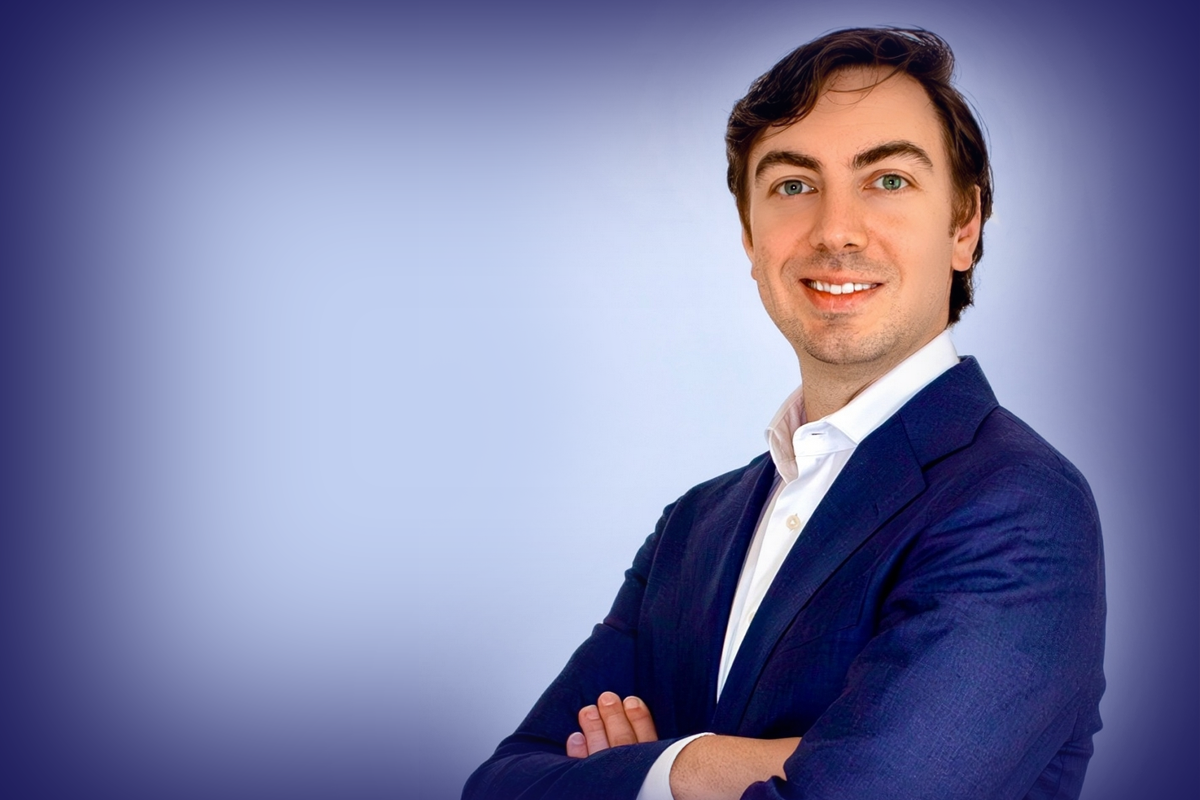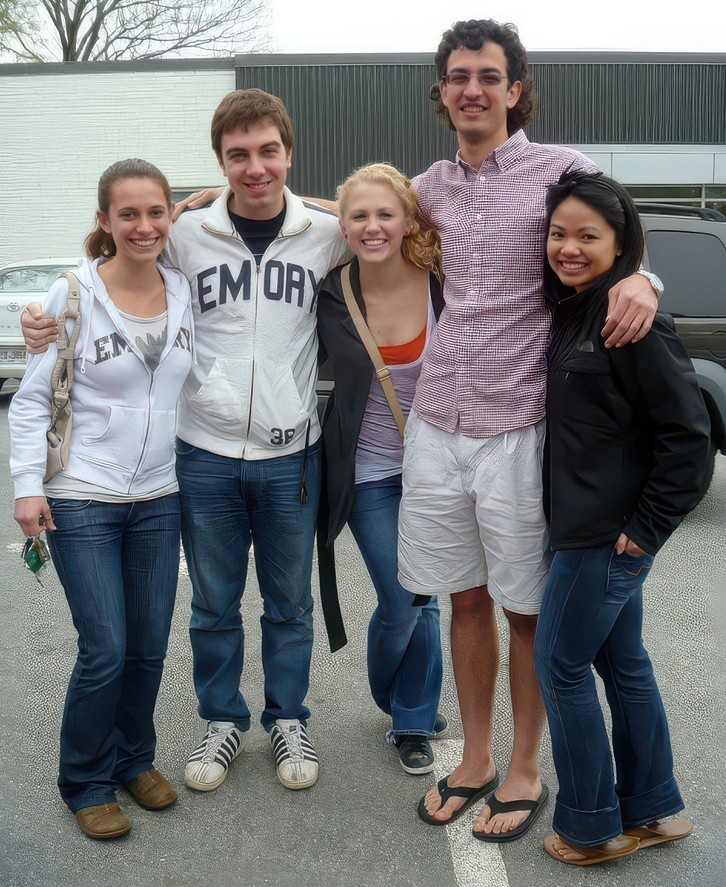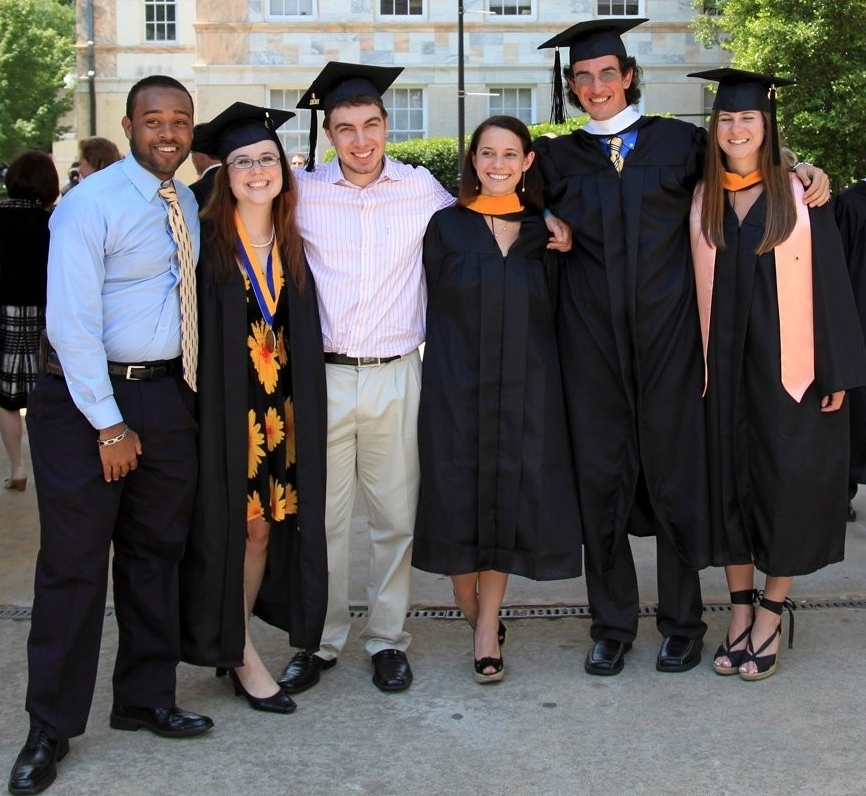Alumni Spotlight: Jonathan Simmonds 09Ox 11C

While Jonathan Simmonds 09Ox 11C followed the traditional path to medicine after his time at Oxford, his entrepreneurial spirit led him to several side hustles, including mapping human anatomy after public transportation systems such as the New York Subway and the London Tube, and launching his own medical technology company, Prosidio.
Oxford College served as a critical foundation in Simmonds’ academic journey. He reflects that his time at Oxford was incredible because it allowed him to gain the focus and drive to succeed in everything he did afterwards. Situated just outside Atlanta, Oxford College provided Simmonds with a unique opportunity to build foundational skills and develop a strong, focused mindset.
“There was a bit of grit to Oxford,” he recalls. “And we all kind of felt it.”
Because Oxford was a highly focused environment, Simmonds explains how he utilized this to navigate “adulting.”

Therefore, he encourages students to use this time to reflect on what study habits work best for them.
“Do you need long study sessions in the library, which was actually my go-to approach, or do you need to split it up during the day?”
Simmonds also appreciated the unique and rich opportunities that come with Oxford’s small community—especially the professors, who were “focused and driven to get the best out of you,” even if you accidentally overslept a test.
“I was doing pretty well in biology, but you know how every test can change your grade drastically. And there was one exam that was weighted very heavily, and I overslept. My alarm didn't go off,” Simmonds recalls. “The professor called my cell phone and woke me up and got me to that test, which I did, and I got an A, and it kept my grades up. And you don't get that with other places.”
Beyond his classes, he found a rich social environment.
“I've got a couple of friends from Oxford who are still my best friends. And you build those bonds in such a small community a lot quicker than you would at a lot of other places,” he says. Though there were no medical clubs at the time, he was involved in a social club, which held community-building traditions, and he volunteered more within the Oxford community than at Emory University’s Atlanta campus.
One notable project he worked on was a book to help elementary students appreciate math.
“We created material to engage students in the local schools to try and foster a love for math, because, you know, they don't love the idea of it. So we created cartoons that taught them math.”
After Oxford, Simmonds proceeded on his intended medical journey, but this creative spark did not disappear.

In fact, Simmonds describes that he works “almost full time in medicine” and “almost full time running this small business,” which has grown pretty significantly.
Prosidio, Simmonds’ medical technology company, utilizes artificial intelligence to develop a camera system that can assist in surgical procedures.

“We're looking into implementing ways for certain models to digest the video feed from our endoscopy procedures, understand it, spot things that maybe the surgeon might not. Transcribe the entire encounter, so that it takes this burden away from surgeons.”
Though he cannot attest to where this entrepreneurial spirit came from, Simmonds explains he always had this idea in the back of his mind. Specifically, after completing his fellowship and entering medical practice, he saw a “real need” for this device and decided to channel his creative energy into building a business. He adds that much of what he has learned came from observing others, rather than a textbook.
In terms of starting something such as a business, Simmonds reinforces that the drive and fundamentals you develop in your first and second year shape the ability to take on something new.
“Whatever new discipline, a new adventure—learn it, make it your own, and excel at it."
He suggests approaching these seemingly large, unattainable ventures step by step instead of taking them at face value.
“If you chip away at anything that you really want to achieve, you will find that it is just a small amount of time but dedicated in a consistent manner that you'll be able to make huge gains. And it's a hard thing to teach, and for someone to just accept. You have to almost go through it.”
For Simmonds, this lesson was reinforced as he mapped the human anatomy modeled after transportation systems. Simmonds embarked on this unique endeavor after seeing a simple version of the human anatomy in subway format by Sam Lohman during his Dartmouth residency interview.
“The attending that was interviewing me had to run out for an emergency tracheostomy on a patient and was gone for 20 minutes, and I just sat in the room. On the wall was this basic anatomy version of the subway, and if you took that and exponentially increased the detail and made it relatively, anatomically accurate, it would both be visually appealing and a little bit useful for describing the interplay of these different systems in the body.”

Ultimately, Simmonds appreciates that he can interact with patients and be part of the community and help generations of families—parents with their sinuses, children for their ear tubes, then grandparents for their hearing. And with his medical technology company, his hope is to “fundamentally change how people practice medicine” by easing the burden on surgeons and medical professionals.
For current Oxford students, his advice is simple: Keep the end goal in mind. Always try and volunteer somewhere locally, and keep the humanity of the profession in mind, because it's pretty worthwhile and unique and a wonderful thing to be able to have a career in.”